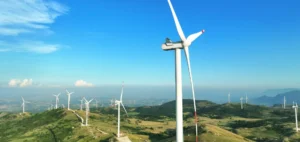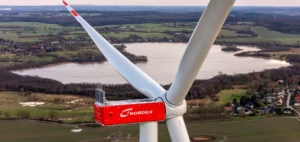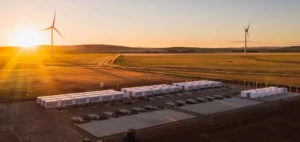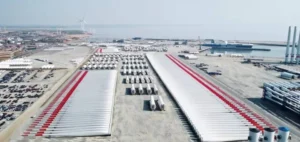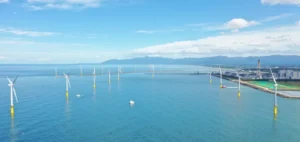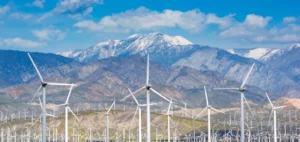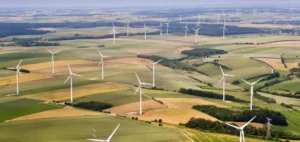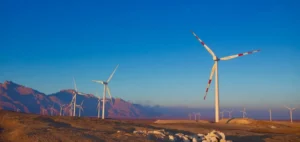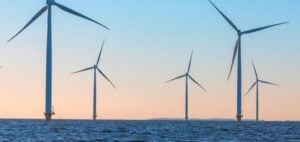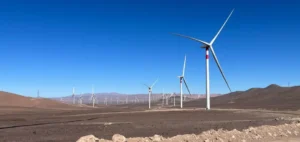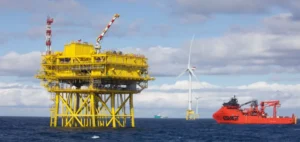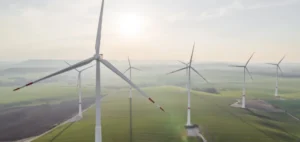The development of the 2 gigawatt (GW) floating wind project off Northern Luzon, led by Buhawind Energy Northern Luzon Corporation, advanced with the approval of the facilities study by the National Grid Corporation of the Philippines (NGCP). This regulatory step defines the technical specifications required for integrating the wind farm into the national grid, covering substations, control systems and protection equipment.
Towards national grid integration
The main connection point will be the future Burgos substation, with a voltage of 500 kilovolts (kV), whose completion is essential for supplying the project with electricity. The facilities study also specifies requirements related to network security and stability, imposed by the Philippine grid operator for a project of this scale.
The validation of this study comes after the approval of an amended system impact study in April 2025. According to Paul Elmer C. Morala, Vice President for Technical Operations at PetroGreen Energy Corporation, this green light marks a milestone for the project’s technical preparations. Buhawind Energy Northern Luzon Corporation is the result of a partnership between Copenhagen Energy and PetroGreen Energy Corporation, formalised in 2022 to develop several floating wind projects off the Philippine coast.
A rapidly expanding portfolio
The partners are currently developing three such projects, with a combined capacity of 4 GW. At the end of last year, the national grid operator had already validated the grid connection for the 2 GW Northern Luzon project, anticipating commissioning between 2028 and 2030.
In May 2025, all these floating projects led by BuhaWind Energy Philippines received the Certificate of Energy of National Significance (CEPNS) awarded by the Department of Energy, recognising their strategic role for the country’s power sector. This distinction grants the projects priority status in administrative and technical approval processes.
The continuation of these investments reflects the growing appeal of offshore renewable energy in the Philippine archipelago. The capacities under development highlight the dynamism of international partnerships and the country’s energy potential.



